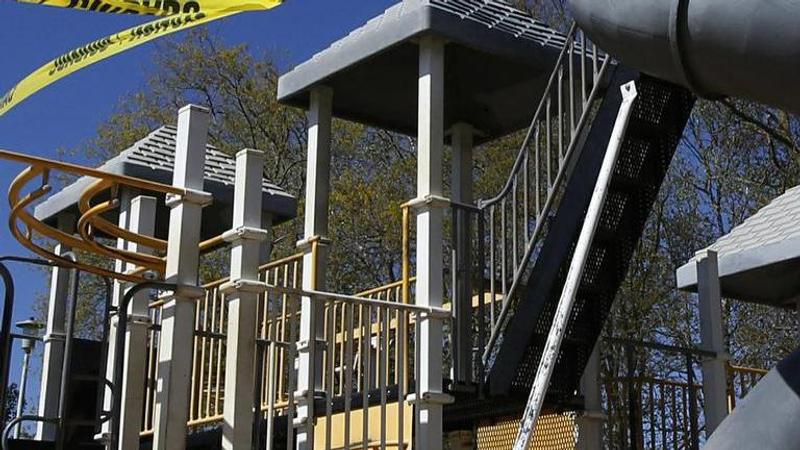Published 17:24 IST, May 4th 2020
American public space, rebooted: How might ‘reopening’ go?
The choppy re-engagement of Americans with public life over the past week, with more to come as cries to “reopen the country” grow, means a return to public space — a shared realm that helps form the shape of American life.

The choppy re-engagement of Americans with public life over the past week, with more to come as cries to “reopen the country” grow, means a return to public space — a shared realm that helps form the shape of American life.
Enter the “institution,” a word with multiple personalities — some truly public, some partially public, some purely commercial. All figure in this mid-virus re-engagement. All are part of the web of public trust, and all have a tone to set.
“Institution” means government buildings — post offices and courthouses and DMVs. It means town squares and public parks, churches and nursing homes and college campuses and, of course, hospitals.
It can also mean skyscraper lobbies, shopping malls, hotels, big-box stores and supermarkets — the touch points of a consumer society whose open, public operation means a society is edging toward normal.
Can you reopen a society — particularly a republic built on openness and public interaction — without its physical institutions at full capacity, without public spaces available for congregation?
Here are a few thoughts from people who think about such things:
THE ARCHITECT
“Humans are just terrified of other humans right now. They just don’t feel confident about each other. … But people need a structure. They need to be told there’s something greater.”
— Daniel Cusick, a New York architect who has worked on public spaces for three decades.
THE DISASTER-RESPONSE SCHOLAR
“It doesn’t change quickly. It’s been around forever. That’s what it means to be an institution. And so we allow these places a legitimacy that we might not with other places. … We think those are legitimate organizations. So if they’re doing it, if they’re changing, we say, `Oh, this is real.’”
— Eric Martin, a Bucknell University associate professor of management who studies disaster responses, on the role institutions — governmental and commercial — have to play in the reopening of American public life.
THE ARCHITECTURE AND PLANNING EXPERT
“We don’t want to lose our public ground. But we want to have a safe public ground. … If we want to move toward the more utopian possibilities as opposed to the dystopian ones, we need little hooks to get there so people can start to be with one another again in a way that feels safe.”
— Nan Ellin, dean of the college of architecture and planning at the University of Colorado Denver and editor of the 1997 book “Architecture of Fear.”
THE AMERICAN LANDSCAPE EXPLORER
“Technology is reshaping what it means to be in a public place. … How do you define the `public realm’ when an enormous percentage of the American public spends the majority of its day in its pajamas? I’ve just come off 3 ½ hours of Zooming. So I wandered out to my barn to see something other than a virtual background.”
— John R. Stilgoe, Harvard University’s Robert and Lois Orchard professor in the history of landscape, who has spent his career exploring and making sense of the places where Americans move around.
THE HEALTH SCIENCES SCHOLAR
“You cannot hold the air to yourself. The air is shared. No man is an island has no more truth than when we’re talking about the air we’re breathing. And it’s hard to be around other people when you don’t have that sense of trust.”
— Marci J. Swede, dean of the school of education and health sciences at North Central College in Illinois.
(AP Photo/Rich Pedroncelli, File)
Updated 17:25 IST, May 4th 2020




